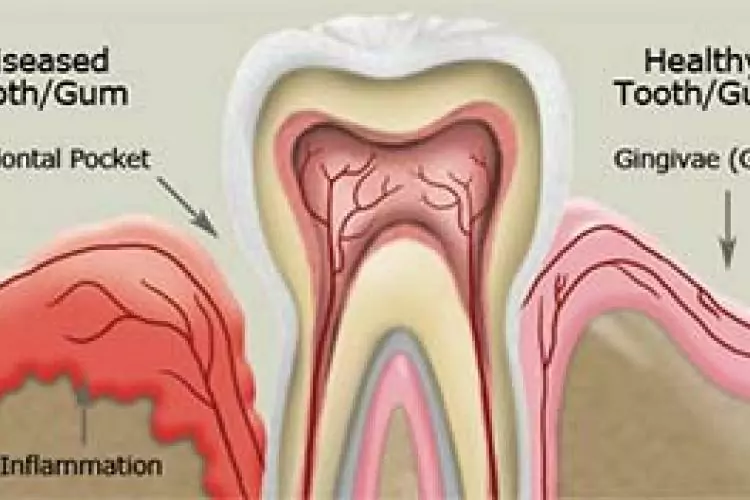By Aspen Dental

Pregnancy Gingivitis
Moms or expecting moms, have you noticed your gums changing or bleeding when you brush? There is a reason for this and it’s more important than you think to visit your dentist for regular cleanings and be very vigilant about your oral health while you are pregnant.
Hormonal changes during pregnancy can cause 40% of women to develop gingivitis sometime during their pregnancy (webmd.com). Symptoms of gingivitis are swollen or bleeding gums. Redness, puffiness, and tenderness can also occur. Gingivitis is caused by bacteria that reside in plaque. During pregnancy, hormones can alter the gum tissues’ resistance to this bacteria and exaggerate the inflammatory response causing pregnancy gingivitis. There are also studies that show a correlation between severe pregnancy gingivitis and pre-term labor and underweight babies.
How can you prevent and/or manage pregnancy gingivitis?
Make sure that you visit your dental hygienist for regular cleanings either before you become pregnant or during the second or third trimester.
Keep good oral habits. Brush two times a day, floss daily and use an antiseptic mouth rinse.
If you feel any changes in your mouth or have any questions make sure to contact us at Aspen Dental of Cache Valley. (435) 753-4400. We always are willing to help!
Some oral health care tips.
When brushing, angle your toothbrush against the gum line to remove plaque more effectively.
Use a fluoridated toothpaste to help prevent decay that can occur from frequent snacking
Rinse with water after snacking or after that nasty all-day morning sickness to prevent acid build up
When flossing, gently guide floss between teeth with a zig-zag motion, wrap around each side of the tooth, and slide the floss up and down a few times.
Use a mouth rinse with fluoride that is anti-bacterial.
Maintain good healthy eating habits.
http://www.webmd.com/oral-health/pregnancy-gingivitis-tumors

